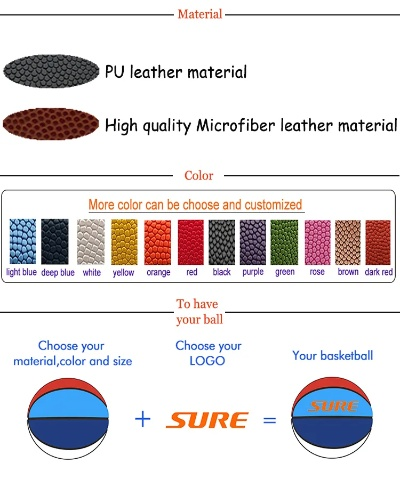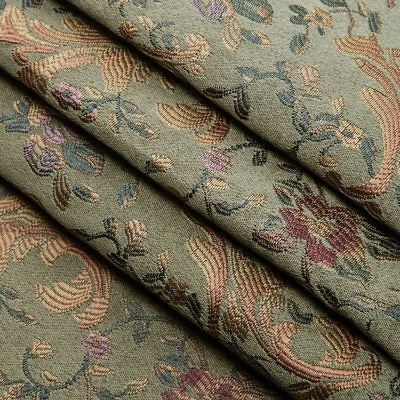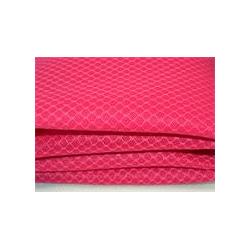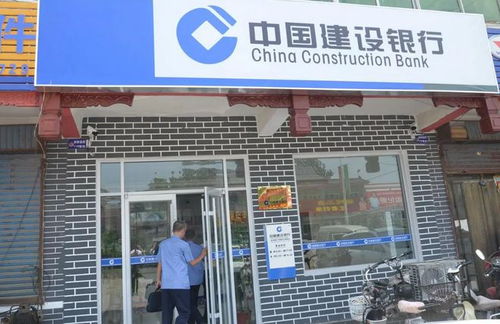The Essential Guidelines for Textiles Testing
This text outlines the fundamental guidelines for textile testing, ensuring that the quality and performance of materials meet industry standards. It covers aspects such as material selection, test methods, and data interpretation, providing a comprehensive framework for assessing fabrics and textiles. The importance of these guidelines is evident in their role in ensuring consistent results and preventing errors in the testing process. By adhering to these guidelines, manufacturers can produce high-quality products that meet consumer needs and expectations. Overall, this essential guide provides a reliable foundation for textile testing and is essential for anyone involved in the textile industry.
Introduction: Textiles are an integral part of our lives, providing comfort, style, and functionality. As such, it's crucial to ensure that the textiles we use are safe, reliable, and meet the necessary standards. This article will discuss the essential requirements for conducting textile testing to guarantee these properties. We’ll also provide a sample table to help illustrate some key considerations.
I. Basic Material Testing
- Fiber Quality Analysis:
- Measurement of fiber strength (e.g., Tenacity), elongation, and breakage energy.
- Inspection under microscope for impurities and defects.
- Moisture Management:
- Measurement of moisture regain and hygrothermal behavior.
- Evaluation of fabric durability under different conditions.
- Color Consistency:
- Comparative color analysis using spectrophotometry.
- Monitoring of color shift over time or exposure to different environments.
II. Environmental Factors
- Durability Against Chemical Aggressions:
- Testing against strong acids, alkalis, and solvents.
- Determine the resistance level to UV radiation and ozone exposure.
- Weathering Testing:
- Performing outdoor tests to simulate weathering effects such as rain, sun exposure, and dust.
- Identifying the degradation rate of materials over time.
III. Mechanical Testing

- Tensile Testing:
- Measuring the maximum breaking force and strain at failure.
- Analyzing stress-strain behavior and determining the elasticity of the material.
- Elongation Testing:
- Measuring the elongation percentage at failure.
- Identifying the flexibility and stretchiness of the textile.
- Tear Test:
- Measuring the breaking strength of the fabric when subjected to tearing forces.
- Analyzing the tear resistance of the material.
IV. Finish and Treatment Evaluation
- Antimicrobial Property:
- Testing fabrics for their ability to inhibit the growth of microorganisms.
- Determination of the efficacy of antimicrobial treatments applied.
- Dye Resistance and Stability:
- Examining how the dyes on the fabric react with different chemicals and conditions.
- Monitoring for any fading or discoloration over time.
V. Functional Performance
- Wear Resistance:
- Evaluating whether the material resists wear and tear in specific applications (e.g., sportswear).
- Monitoring for fatigue and performance over long periods of use.
- Hydrophobicity:
- Testing fabrics for their hydrophobicity, which prevents water from adhering to them.
- Determining if the fabric can be used in wet applications like swimwear or sanitary products.
VI. Packaging and Handling Standards
- Packaging Comfortability:
- Ensure packaging doesn’t cause harm to the material during handling and storage.
- Validate the appropriate size and weight for shipping and storage.
- Transportation and Storage Conditions:
- Establish guidelines regarding temperature, humidity, and other environmental factors for transportation and storage.
- Test for potential degradation due to external factors such as UV radiation or temperature fluctuations.
Sample Table: | Parameter | Required Criteria/Standards | |------------|------------------------------| | Fiber Quality | Tenacity > 5 N/tex; elongation < 10% | | Moisture Resistance | RH < 50% RH, 48 h no weight loss | | Color Consistency | ΔE < 3; color change not exceeding 10% after 6 months | | Environmental Factors | UV resistant up to UPF 50+; heat stable up to 300°C | | Mechanical Testing | Tensile strength > 50 MPa; elongation < 30% | | Finish and Treatment | Completed treatment without adverse reactions | | Functional Performance | High wear resistance; good hydrophobicity | | Packaging and Handling | Safe packaging; suitable storage and transport conditions |
Case Study: Let's say you’re testing a new eco-friendly linen blended with recycled materials. You need to ensure the following parameters are met:
- Fiber Quality Analysis should show that the blend maintains a Tenacity of at least 5 N/tex, while maintaining an elongation of less than 10%.
- The Moisture Resistance test should indicate that the linen blend is stable up to RH levels below 50%, without significant weight loss after 48 hours at that level.
- For Color Consistency, you must observe a ΔE value of less than 3, indicating minimal color change after six months of storage.
- In terms of Environmental Factors, the linen blend must demonstrate good UV resistance (up to UPF 50+) and be heat stable up to 300°C without deterioration.
- Mechanical Testing should confirm that the linen blend exhibits high tensile strength (>50 MPa) and low elongation (<30%).
- Finally, for functional performance, the blend should have excellent wear resistance and good hydrophobicity, making it suitable for use in wet applications like swimwear or sanitary products.
Conclusion: Conducting textile testing is essential for ensuring quality and reliability of products. By following these detailed guidelines, you can evaluate the various aspects of textiles to ensure they meet the necessary standards. Remember to regularly update your testing procedures according to industry best practices and emerging technologies.
This article outlines the requirements for testing textiles.
纺织品实验是确保纺织品质量符合相关标准和法规的重要手段,为了确保实验结果的准确性和可靠性,纺织品实验通常需要遵循一定的规范和标准,本文将简要介绍纺织品实验的要求,并通过案例分析进一步说明。
纺织品实验的基本要求

样品准备
在进行纺织品实验前,需要准备符合要求的样品,样品应具有代表性,能够反映实际使用中的性能和质量,样品的大小和形状也应符合实验要求。
实验环境与设备
纺织品实验需要在特定的实验环境中进行,包括温度、湿度、空气质量等条件应符合要求,需要使用专业的实验设备进行测试。
实验方法与步骤
纺织品实验的方法和步骤应严格按照相关标准和规范进行,通常包括样品准备、测试项目选择、测试条件设定、数据记录与分析等步骤,在测试过程中,需要遵循客观、公正、科学的原则,确保实验结果的准确性和可靠性。
纺织品实验的案例说明
纺织品吸湿性测试
某公司生产的一款纺织品在市场上受到广泛关注,为了确保其吸湿性能符合标准,进行了纺织品吸湿性测试,测试过程中,需要选择合适的测试方法,如称重法、湿度计法等,需要确保实验环境符合要求,使用专业的实验设备进行测试,该款纺织品吸湿性能符合标准,得到了消费者的认可。
纺织品抗皱性能测试

某品牌的一款纺织品在市场上受到好评,为了确保其抗皱性能符合标准,进行了纺织品抗皱性能测试,测试过程中,需要选择合适的测试方法,如拉伸试验、摩擦系数测试等,需要确保实验环境符合要求,使用专业的实验设备进行测试,通过实验结果分析,该款纺织品具有较好的抗皱性能,得到了消费者的好评。
纺织品实验的具体要求补充说明
样品采集与处理
在样品采集和处理过程中,需要遵循一定的规范和标准,样品应具有代表性,能够反映实际使用中的性能和质量,需要对样品进行妥善保存和处理,确保样品的质量和安全性。
实验数据的记录与分析
在进行纺织品实验时,需要记录实验数据,数据应准确、可靠,能够反映样品的实际性能和质量,需要对实验数据进行深入分析,找出样品存在的问题和不足,为改进和提高产品质量提供依据。
实验过程中的注意事项
在进行纺织品实验过程中,需要注意以下几点:要严格按照相关标准和规范进行实验;要确保实验环境的稳定性和可靠性;要保证实验人员的素质和能力符合要求,只有这样才能确保实验结果的准确性和可靠性。
纺织品实验是确保纺织品质量的重要手段,通过遵循一定的规范和标准进行纺织品实验,可以确保实验结果的准确性和可靠性,通过案例分析和补充说明,可以更好地理解纺织品实验的要求和具体要求。
Articles related to the knowledge points of this article:
The Story of Xiangshans New Textile Wholesale in the西安市新城区瑞兴纺织品批发部
Exploring the Global Fabrics of City Wests Textile and Apparel Industry



